By Eric Vandenbroeck and co-workers
The Problem with Syria Today
In a recent
interview, Syria’s de facto leader, Ahmed Al Sharaa, revealed that it may take up
to four years before the country holds its long-awaited elections. This marks a
significant revision from his earlier statement, in which he had indicated that
elections could take place much sooner. Al Sharaa’s new timeline underscores
the deep-rooted challenges Syria faces in its journey toward recovery after
years of devastating civil war.
France’s Jean-Noël
Barrot was in the Syrian capital Damascus alongside his German counterpart
Annalena Baerbock, where they met Syria’s de facto leader Ahmad
al-Sharaa, formerly known as Abu Mohammed Al Jolani.
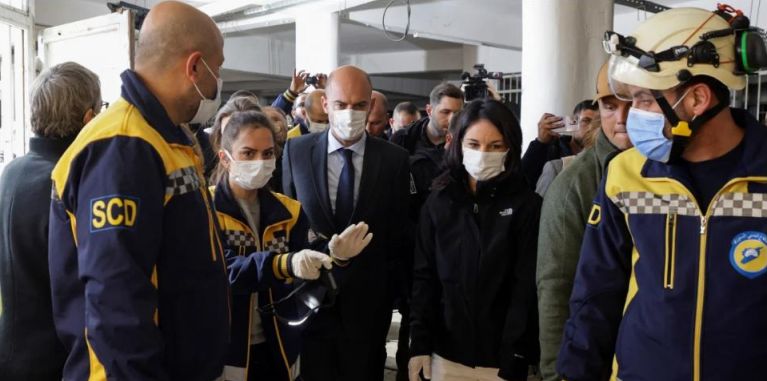
As
we know three weeks before the new year, Syria’s Assad regime fell from
power, one that has been in power for 50 years. Syria now has an
unprecedented opportunity to turn a new page and begin 2025 with a fresh start.
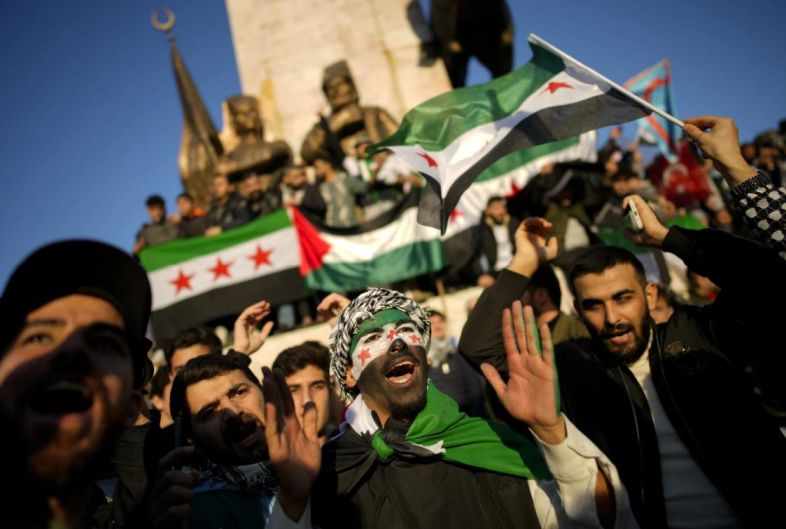
However, not
everything in Syria is a fresh start. While Damascus has been taken by Syrian
opposition groups and the new leader of Syria – Ahmed Shara’a,
also known as Abu Mohammed al-Julani – appears to be trying to
burnish his image as an inclusive leader, there are parts of Syria that are in
stasis. This means that parts of northern Syria are still occupied by Turkey
and the Ankara-backed Syrian National Army, a group of militias, many comprised
of Sunni Arabs or Turkmen. Many of these groups have become infamous for
committing crimes against locals.
Turkey, meanwhile,
does not look ready to withdraw from the parts of Syria it occupies. This means
that these areas, like Afrin and Serekaniya, may
continue to suffer under Ankara’s oppressive rule.
While Damascus has
been taken by Syrian opposition groups and the new leader of Syria – Ahmed Shara’a, also known as Abu Mohammed al-Julani –
appears to be trying to burnish his image as an inclusive leader, there are
parts of Syria that are in stasis. This means that parts of northern Syria are
still occupied by Turkey and the Ankara-backed Syrian National Army, a group of
militias, many comprised of Sunni Arabs or Turkmen. Many of these groups have
become infamous for committing crimes against locals.
Turkey, meanwhile,
does not look ready to withdraw from the parts of Syria it occupies. This means
that these areas, like Afrin and Serekaniya, may
continue to suffer under Ankara’s oppressive rule.
Priest Jalal Ghazal
gives communion during a Christmas mass at the Church of St George, in
Maaloula, some 60km north of Damascus, Syria.:
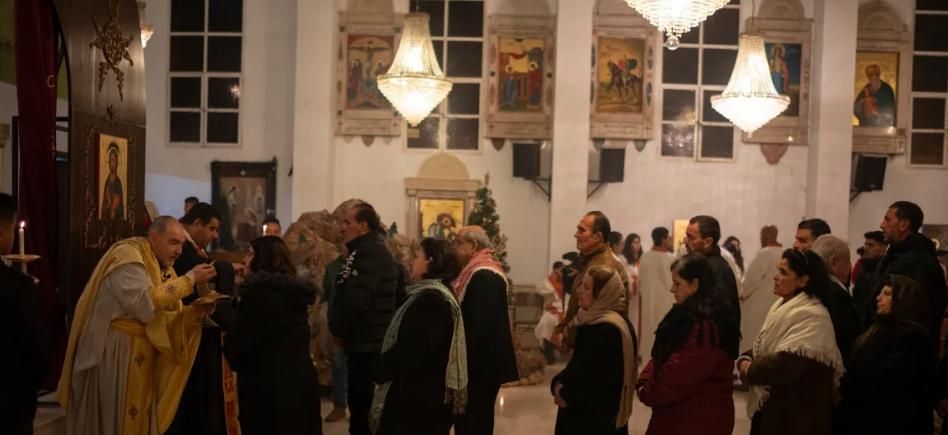
The foreign
busybodies in the State Department, Foreign Office, and French Foreign
Ministry, who are already pressing for the reconstruction of a unitary Syrian
state, should reflect on the country’s history. Syria was never meant to
function as a unitary state, nor under Sunni Arab majority rule, as it is
likely to now.
Under Ottoman rule,
the distinct national identities of its Alawite, Arab Christian-Orthodox,
Druze, Kurdish, Armenian, Ismaili, and Arab Shia populations were all
recognized. When France obtained the territory in 1919, it strove to
accommodate plural identities by creating two separate states: an Alawite one
in northwest Syria and a Druze one in the southeast.
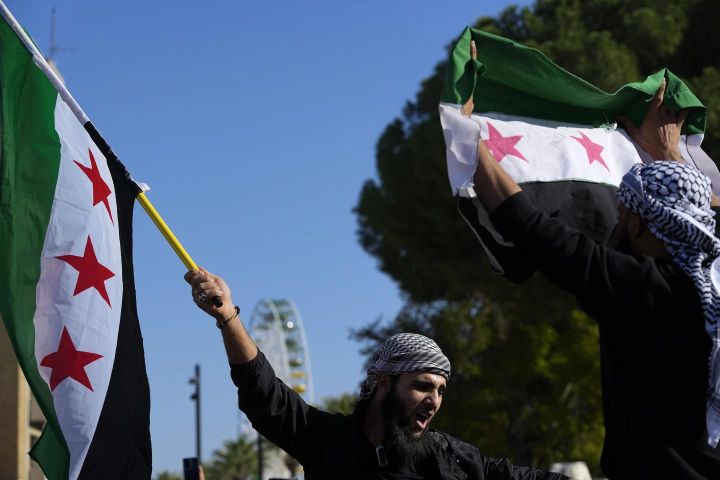
But when the French
gave up their attempt to control Syria in 1946, a Sunni Arab, Shukri al-Quwatli, became the country’s president. He did not
discriminate against the minorities, but he did send troops with Transjordan
and Egypt to invade Israel in 1948 in the name of Sunni Arab solidarity. He had
high hopes of conquering the Galilee, because the Syrians had tanks and
artillery left behind by the French, while the Jews only had rifles, some
machine-guns, and a couple of antique 1906 howitzers.
The ensuing Arab
defeat came as a terrible humiliation, which prompted the first of Syria’s many
coups. The next president, General Husni al Zaim, only ruled for 137 days but
set enduring precedents: although he had been in charge of the fighting as the Army
Chief of Staff, he blamed civilian politicians for Syria’s defeat, and second,
he was not an Arab but a Kurd — the first of a series of non-Sunni Arab rulers,
found in no other Arab country.
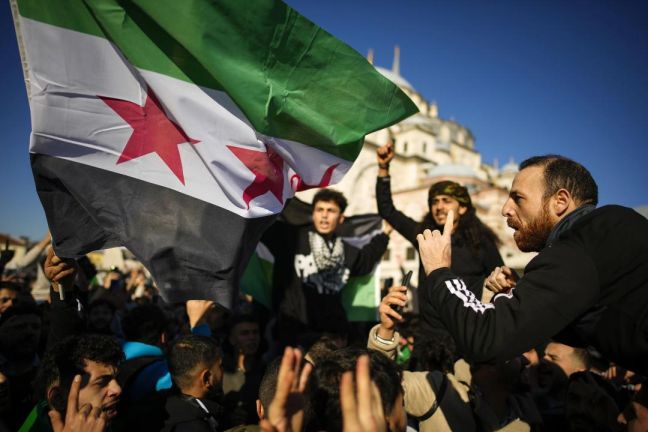
During the next 21
years, 17 presidents followed one another. And three of those years were under
Egyptian rule. In 1958 Gamal Abdel Nasser, then the very embodiment of Arab
nationalism, had been invited to rule Syria as well, in what became the United
Arab Republic. The Syrian elite, desperate for stability, had simply given up
on independence.
This experiment in
Arab unity lasted for three years and 219 days, long enough to teach the Syrian
elite both civil and military that the rule of much larger but much poorer
Egypt was very costly. A military coup dissolved the United Arab Republic on 29
September 1961, and six more presidents tried to rule Syria. But stability
would come in November 1970 when Hafez al-Assad took control as military
dictator before naming himself the president in February 1971.
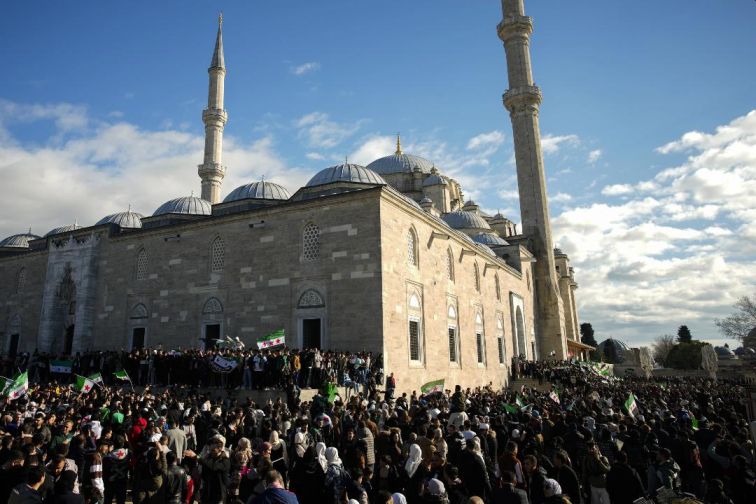
With Hafez al-Assad
there was no more beating around the bush on the question of ethnicity, never
even mentioned by all his predecessors. He was an Alawite, therefore only a
very nominal Muslim (they drink wine and believe in the transmigration of
souls), and he relied very largely on fellow Alawites to control the levers of
power, from the command of air force squadrons and every armored unit within
reach of Damascus to the customs service that generated revenue much more
reliably than taxes, and the police which recruited informants in every part of
Syrian society.
It was Hafez-al
Assad’s father, Suleiman, who had laid the basis of subsequent Alawite power
over Syria. In June 1926, along with other notable Alawites, he sent a letter
to the French Prime Minister Leon Blum, to explain why his people — mostly
peasant farmers in those days — could never live under Muslim rule. “The spirit
of hatred and intolerance plants its roots in the heart of Muslim Arabs toward
everything that is non-Muslim,” he wrote, warning of the risk to Syrian
minorities if France granted independence. At the time the French were
organizing their colonial army for Syria and thought it prudent to favor
Alawite applicants along with Druzes, Ismailis, and a few Christians, all much
more likely to be loyal to France against majority Arab Sunni demands for
independence.
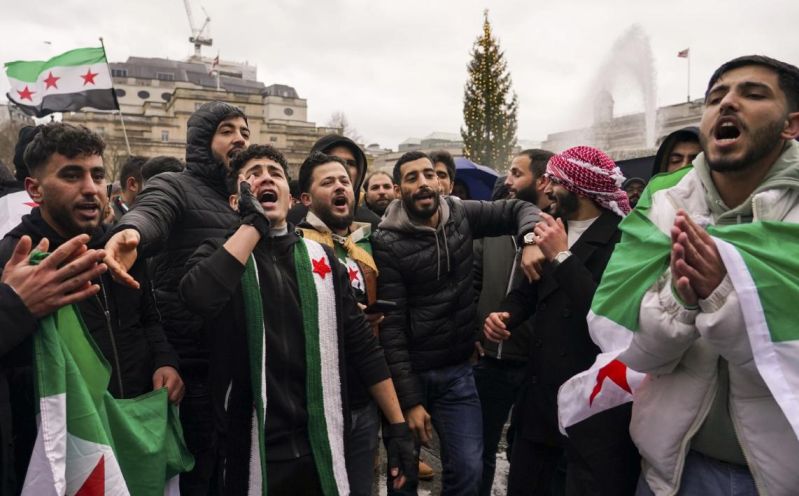
The disproportionate
number of Alawites in the officer corps allowed Hafez al-Assad to seize control
of the armed forces in 1970. But the elevation of Alawite farmers into the
ruling class would ultimately undo the 54-year long regime of Assad father and
son that finally collapsed two weeks ago. The sons of farmers moved into
Damascus and other Syrian cities to exploit their Alawite connections to occupy
lucrative government positions or work in state-connected firms, and were less
and less willing to serve as soldiers, gendarmes and spies to protect the
regime from its enemies.
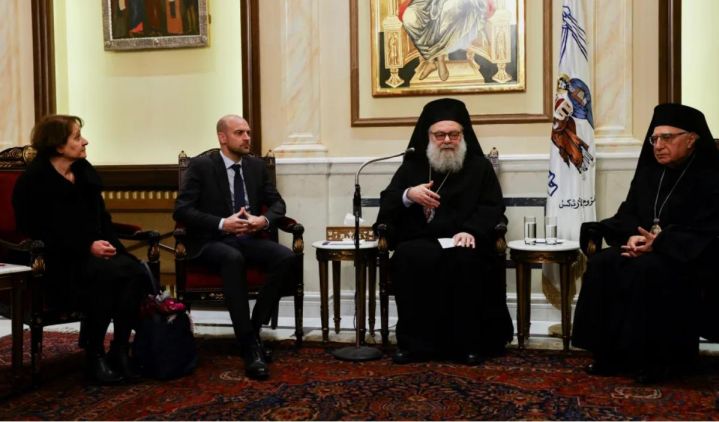
French Foreign
Minister Jean-Noël Barrot met with Greek Orthodox Patriarch of Antioch and All
the East John X (Yazigi), in Damascus
For many years this
enfeeblement of the Alawites was masked by the rise of Iran’s power in Syria.
Tehran’s militantly Shia rulers needed bases in Syria to build up
Hezbollah in Lebanon, and to claim overall Muslim leadership against
Israel. They therefore chose to accept the exceedingly heretical Alawites as
both Muslim and Shia.
Iran’s support
allowed the Assad regime to cling to power for years, even in the face of the
mass “Arab Spring” protests led by the Sunni Arab majority that started in
December 2010. The Revolutionary Guards trained Shia recruits from Iraq and as
far as Afghanistan to repress the Sunni majority rebels all over Syria, while
relying on higher grade Hezbollah units to reconquer strongly held towns and
city quarters, with bombing support from Syrian aircraft and Russian
fighter-bombers.
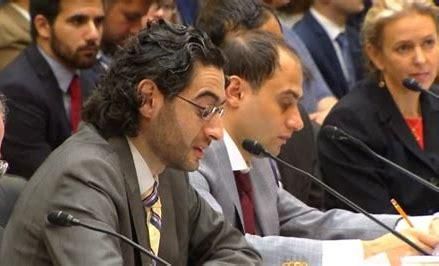
Farouq Habib (right) speaks to the hazmat team ahead
of the mission.
Determined to resist
by all means possible including the use of chlorine and mustard gas, the regime
survived for another 14 years. But it could not survive Israel’s demolition of
Hezbollah and its clear-cut aerial victory right over Tehran. The thousand or
so Sunni fundamentalist rebels of Hayat Tahrir al-Sham who drove into
Aleppo on 29 November, would easily have been stopped by a Hezbollah battalion
in the past, but not this time. And neither could Iran’s Revolutionary Guards
be flown to support the regime because the Israelis would not have allowed it.
After Iran’s air force did not even try to resist Israel’s 26 October attack
near Tehran, the entire edifice of Iran’s military power was exposed as a
sham. Assad fled just in time to avoid certain death.
The Foreign Office,
State Department Near East Bureau, and French Quai d’Orsay should pause to
reconsider this history. The Alawites might be beaten down but not the
Kurds in the north-east, nor the Druzes in the south-east.
For updates click hompage here